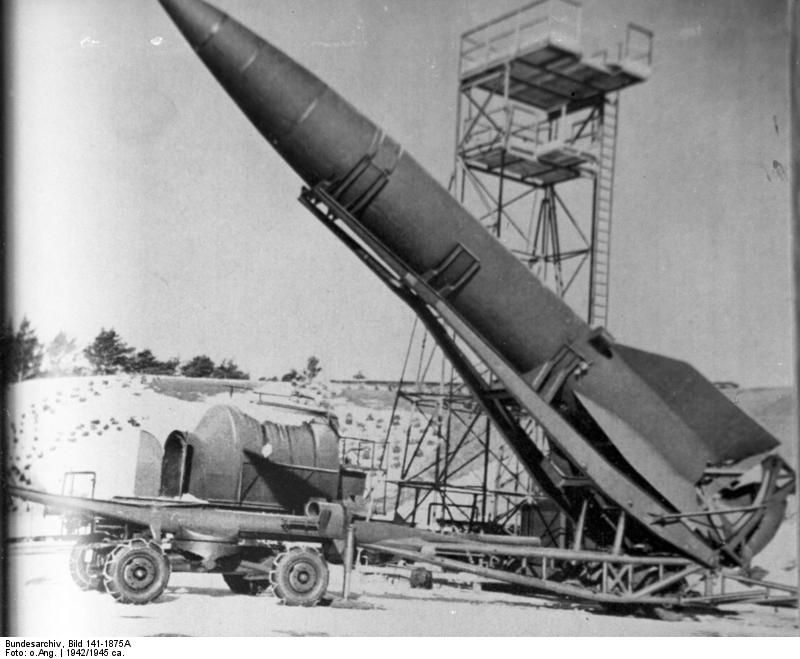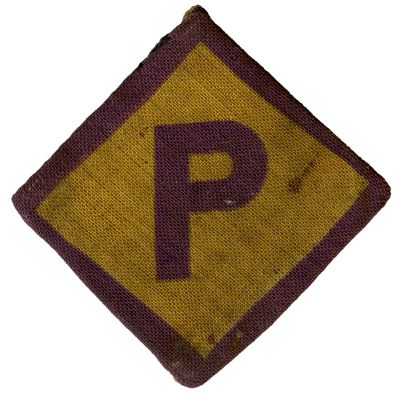Peenemünde: Poles and Hitler’s secret weapon – the V2 rocket
Mediathek Sorted


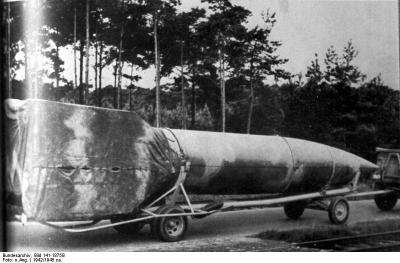
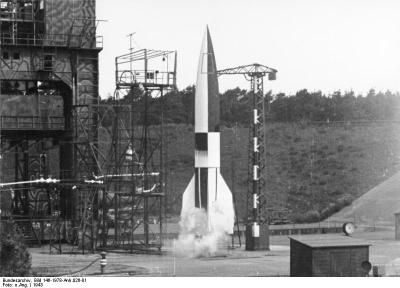
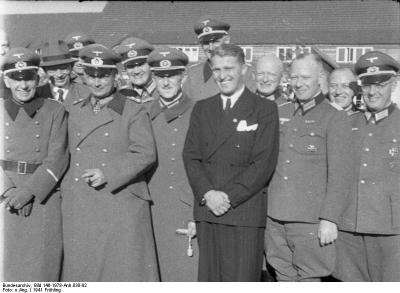
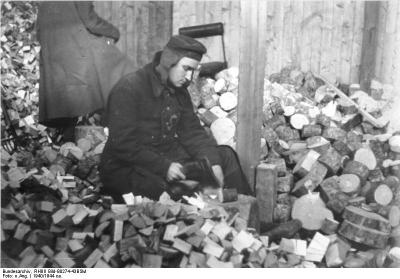
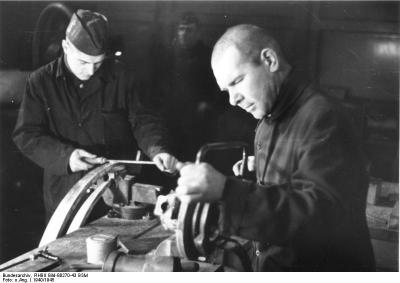

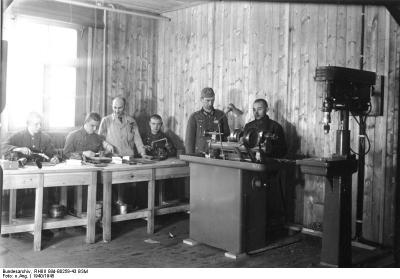
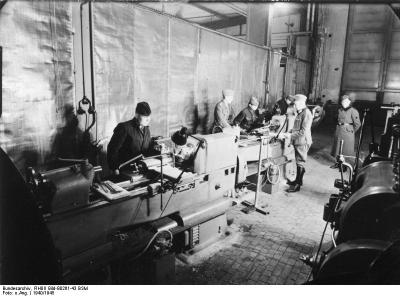
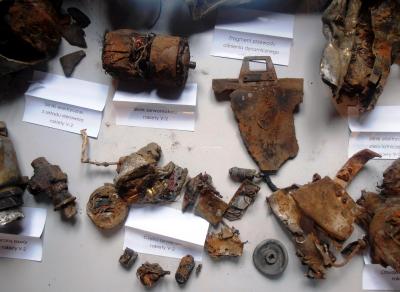
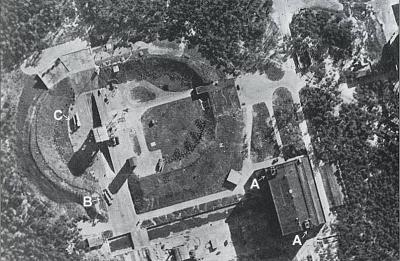
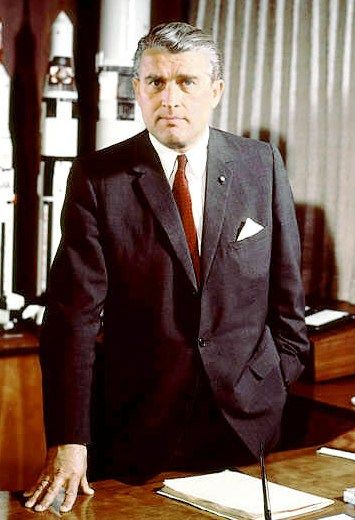
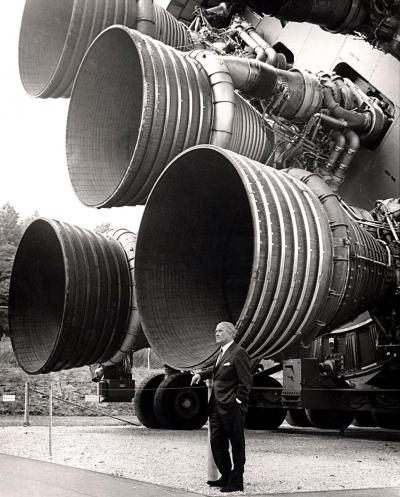

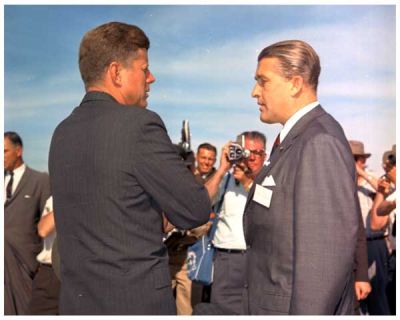
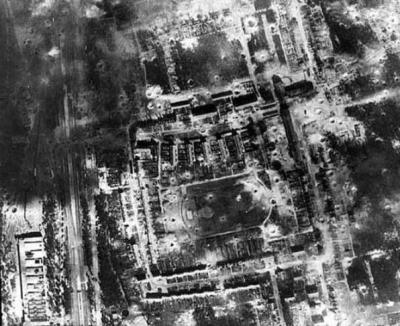
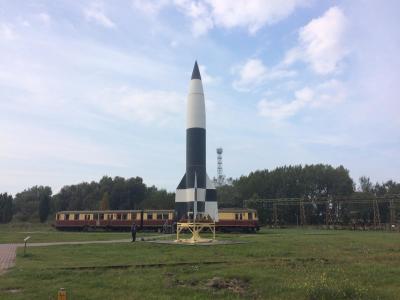
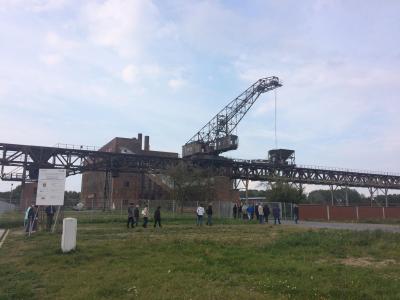
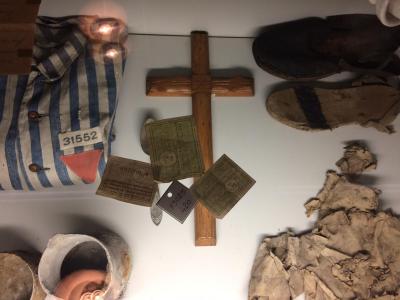
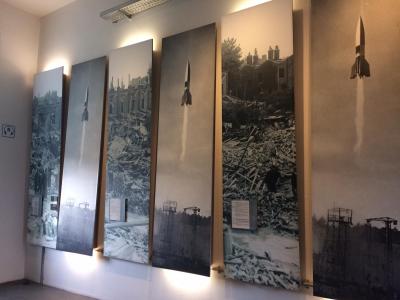
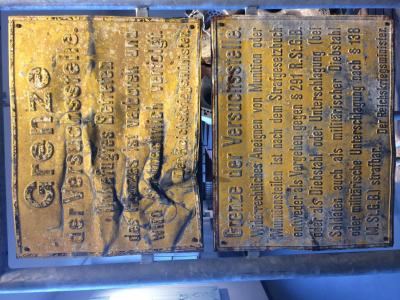
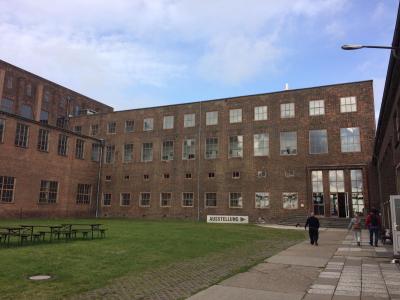

Peenemünde und die Polen - Hörspiel von "COSMO Radio po polsku" auf Deutsch

























The forced labourers were continuously monitored while they worked. There was a constant fear of being punished, even for the slightest misstep. Even so, occasionally Polish workers made attempts to delay the construction. Some of the Polish and Dutch workers also formed a resistance group, which convened with Dr Carl Lampert, a Catholic priest from Austria, and Johannes ter Morsche, a Dutch communist who lived in nearby Zinnowitz with his German wife. Both men passed on information to the workers about current developments on the front, which they received by listening to forbidden radio stations. However, the group was denounced. In October 1943, its members were accused of high treason and many of them were sentenced to death.[4]
The activities of the centre in Peenemünde were kept top secret. The island was surrounded by multiple barriers to prevent people from coming and going, and it wasn’t easy to get information out. However, it wasn’t possible to keep the secret for long. Even as early as 19 September 1939, an anonymous dispatcher offered to provide the British marine attaché in Oslo with valuable information about the Third Reich’s secret armament projects. In order to obtain the detailed information, the German-language news broadcast by the BBC was to be slightly altered on a specific date. After the agreed signal was transmitted, the attaché did indeed receive a detailed document, which has subsequently become known as the “Oslo Report”. It contained information about the construction of rockets and rocket facilities, radio systems and the distance measurements being conducted by the Germans. It was in this paper that Peenemünde was mentioned for the first time.
Despite the extensive information it contained, the British experts came to the conclusion that the report was a bluff by the Germans. They simply could not believe that one single person could have such a broad knowledge of secret weapons. Although reconnaissance planes were dispatched to Usedom, they were unable to detect the excellently camouflaged centre, particularly given the fact that the aerial photography technology at that time was still in its early stages. The British then shrugged the document off as a matter of no importance. The document remains the biggest conundrum in the history of the secret services. Despite an avid search for its author, he or she was never found.
In the years that followed, more information came into the hands of the British secret services about new weapons that were being tested by the Nazis. The secret service of the Armia Krajowa (AK), the Polish Home Army, whose agents investigated all rumours surrounding Hitler’s unique miracle weapon, played a particularly important role here. At the turn of the year 1942/43, the engineer Antoni Kocjan, head of the air reconnaissance service of the AK, received some information from a Pole who had been transported to Königsberg as a forced labourer, where there was a training centre for operating teams for the rocket launching pads. This informant spoke of German experiments with new weapons on an island near Stettin (Szczecin). He thought that this weapon was intended to destroy London. The report on Peenemünde was immediately passed on to the British, who again sent a reconnaissance plane to Usedom. This time, the information about the secret research centre was confirmed. Important details were also provided by the engineer Jan Szreder, codename “Furman”, who was sent to Usedom by the AK secret service in 1943 as a voluntary worker. Through the German employment bureau, he took on a job as a driver in Swinemünde, where he delivered food to the military centre. With its numerous control posts and barriers, Peenemünde remained closed to civilians. However, “Furman” was able to find out quite a lot about the existence of the concentration and prisoner camps, as well as the camp for forced labourers, where thousands of foreigners were living. He also listened in on a conversation among the Germans, in which there was talk of “air torpedoes” that were similar to small aircraft and which were launched from special launching pads.[5]





















































































